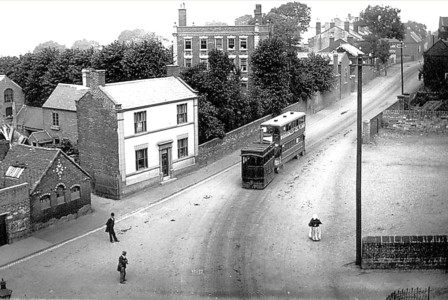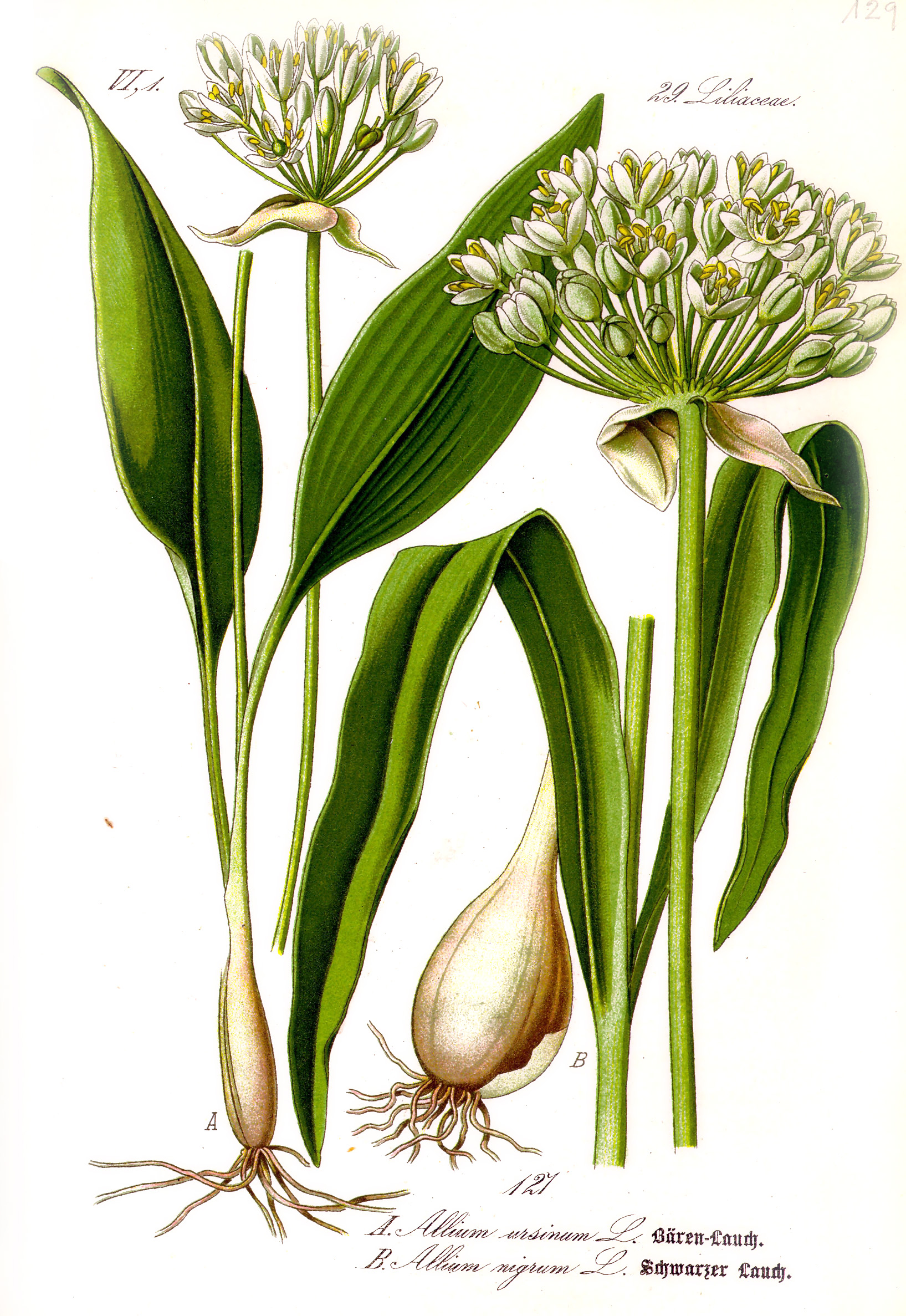|
Alder Coppice
Alder Coppice is a local nature reserve in West Midlands, England. It is near Sedgley, next to the Northway Estate, in the Metropolitan Borough of Dudley. Description It is an ancient woodland, area ,"Alder Coppice Woodland Walks" ''Dudleyci''. Retrieved 21 August 2020. maintained by . It was designated a local nature reserve in November 2019. '' [...More Info...] [...Related Items...] OR: [Wikipedia] [Google] [Baidu] |
Sedgley
Sedgley is a town in the north of the Metropolitan Borough of Dudley, in the West Midlands (county), West Midlands, England. Historic counties of England, Historically part of Staffordshire, Sedgley is on the A459 road between Wolverhampton and Dudley, and was formerly the seat of an ancient Manorialism, manor comprising several smaller villages, including Gornal, West Midlands, Gornal, Gospel End, Woodsetton, Dudley, Woodsetton, Ettingshall, Coseley, and Brierley (now Bradley, West Midlands, Bradley). In 1894, the manor was split to create the Sedgley Urban District, Sedgley and Coseley Urban District, Coseley Urban district (Great Britain and Ireland), urban districts, the bulk of which were later merged into the Dudley County Borough in 1966. Most of Sedgley was absorbed into an expanded County Borough of Dudley in 1966, with some parts being incorporated into Seisdon and Wolverhampton. Since 1974 it has been part of the Metropolitan Borough of Dudley. History The p ... [...More Info...] [...Related Items...] OR: [Wikipedia] [Google] [Baidu] |
West Midlands (county)
West Midlands is a metropolitan county in the West Midlands Region, England, with a 2021 population of 2,919,600, making it the second most populous county in England after Greater London. It was created in 1974 by the Local Government Act 1972, from parts of Staffordshire, Worcestershire and Warwickshire. The county is a NUTS 2 region within the wider NUTS 1 region of the same name. It embraces seven metropolitan boroughs: the cities of Birmingham, Coventry and Wolverhampton, and the boroughs of Dudley, Sandwell, Solihull and Walsall. The county is overseen by the West Midlands Combined Authority, which covers all seven boroughs and other non-constituent councils, on economy, transport and housing. Status The metropolitan county exists in law, as a geographical frame of reference, and as a ceremonial county. As such it has a Lord Lieutenant. and a High Sheriff. Between 1974 and 1986, the West Midlands County Council was the administrative body covering the county; t ... [...More Info...] [...Related Items...] OR: [Wikipedia] [Google] [Baidu] |
Metropolitan Borough Of Dudley
The Metropolitan Borough of Dudley is a metropolitan borough of West Midlands, England. It was created in 1974 following the Local Government Act 1972, through a merger of the existing Dudley County Borough with the municipal boroughs of Stourbridge and Halesowen. The borough borders Sandwell to the east, the city of Birmingham to the south east, Bromsgrove to the south in Worcestershire, South Staffordshire District to the west, and the city of Wolverhampton to the north. History The Metropolitan Borough of Dudley was created in 1974 from the existing boroughs of Dudley, Stourbridge and Halesowen. This followed an earlier reorganisation in 1966, as per the provisions of the Local Government Act 1958, which saw an expansion of the three boroughs from the abolition of the surrounding urban districts of Amblecote, Brierley Hill, Coseley, and Sedgley; and the municipal boroughs of Tipton, Oldbury, and Rowley Regis. Initially the borough had a two-tier system of local govern ... [...More Info...] [...Related Items...] OR: [Wikipedia] [Google] [Baidu] |
Ancient Woodland
In the United Kingdom, an ancient woodland is a woodland that has existed continuously since 1600 or before in England, Wales and Northern Ireland (or 1750 in Scotland). Planting of woodland was uncommon before those dates, so a wood present in 1600 is likely to have developed naturally. In most ancient woods, the trees and shrubs have been cut down periodically as part of the management cycle. Provided that the area has remained as woodland, the stand is still considered ancient. Since it may have been cut over many times in the past, ancient woodland does not necessarily contain very old trees. For many species of animal and plant, ancient woodland sites provide the sole habitat, and for many others, conditions on these sites are much more suitable than those on other sites. Ancient woodland in the UK, like rainforest in the tropics, is home to rare and threatened species. For these reasons ancient woodland is often described as an irreplaceable resource, or 'critical natural ca ... [...More Info...] [...Related Items...] OR: [Wikipedia] [Google] [Baidu] |
Dudley Metropolitan Borough Council
Dudley Metropolitan Borough Council is the local authority for Dudley metropolitan borough. It is more commonly known as Dudley Council or Dudley MBC. The present authority was formed as a result of further reorganisation of local government in 1974. It incorporates the areas of Dudley, Brierley Hill, Stourbridge and Halesowen. History The council’s origins are from 1865 when it was incorporated as a municipal borough which allowed the development of an elected town council. This consisted of a mayor, alderman and councillors. In 1888 Dudley Council became a county borough and so the council took responsibility for neighbouring towns and districts. In April 1966, under the West Midlands order of the borough, Dudley was extended to take in former Brierley Hill and Sedgley Urban Districts as well as parts of the Coseley Urban District. Governance Dudley Council has its main offices in Dudley town centre (where Dudley Council House is located), along with additional sma ... [...More Info...] [...Related Items...] OR: [Wikipedia] [Google] [Baidu] |
Natural England
Natural England is a non-departmental public body in the United Kingdom sponsored by the Department for Environment, Food and Rural Affairs. It is responsible for ensuring that England's natural environment, including its land, flora and fauna, freshwater and marine environments, geology and soils, are protected and improved. It also has a responsibility to help people enjoy, understand and access the natural environment. Natural England focuses its activities and resources on four strategic outcomes: * a healthy natural environment * enjoyment of the natural environment * sustainable use of the natural environment * a secure environmental future Roles and responsibilities As a non-departmental public body (NDPB), Natural England is independent of government. However, the Secretary of State for Environment, Food & Rural Affairs has the legal power to issue guidance to Natural England on various matters, a constraint that was not placed on its predecessor NDPBs. Its powers inc ... [...More Info...] [...Related Items...] OR: [Wikipedia] [Google] [Baidu] |
Waymark
Trail blazing or way marking is the practice of marking paths in outdoor recreational areas with signs or markings that follow each other at certain, though not necessarily exactly defined, distances and mark the direction of the trail. A blaze in the beginning meant "a mark made on a tree by slashing the bark" (''The Canadian Oxford Dictionary''). Originally a waymark was "any conspicuous object which serves as a guide to travellers; a landmark" (''Oxford English Dictionary''). There are several ways of marking trails, including paint, carvings, affixed markers, posts, flagging, cairns, and crosses, with paint being the most widely used. Types of signage Paint A painted marking of a consistent shape or shapes (often rectangular), dimension and colour or combination of colours is used along the trail route. The system by which blazes are used to signify turns and endpoints in trails (see below) strongly favors the use of paint blazes. European countries usually use systems ... [...More Info...] [...Related Items...] OR: [Wikipedia] [Google] [Baidu] |
Woodpecker
Woodpeckers are part of the bird family Picidae, which also includes the piculets, wrynecks, and sapsuckers. Members of this family are found worldwide, except for Australia, New Guinea, New Zealand, Madagascar, and the extreme polar regions. Most species live in forests or woodland habitats, although a few species are known that live in treeless areas, such as rocky hillsides and deserts, and the Gila woodpecker specialises in exploiting cacti. Members of this family are chiefly known for their characteristic behaviour. They mostly forage for insect prey on the trunks and branches of trees, and often communicate by drumming with their beaks, producing a reverberatory sound that can be heard at some distance. Some species vary their diet with fruits, birds' eggs, small animals, tree sap, human scraps, and carrion. They usually nest and roost in holes that they excavate in tree trunks, and their abandoned holes are of importance to other cavity-nesting birds. They sometimes com ... [...More Info...] [...Related Items...] OR: [Wikipedia] [Google] [Baidu] |
Hyacinthoides Non-scripta
''Hyacinthoides non-scripta'' (formerly ''Endymion non-scriptus'' or ''Scilla non-scripta'') is a bulbous perennial plant, found in Atlantic areas from north-western Spain to the British Isles, and also frequently used as a garden plant. It is known in English as the common bluebell or simply bluebell, a name which is used in Scotland to refer to the harebell, ''Campanula rotundifolia''. In spring, ''H. non-scripta'' produces a nodding, one-sided inflorescence of 5–12 tubular, sweet-scented violet–blue flowers, with strongly recurved tepals, and 3–6 long, linear, basal leaves. ''H. non-scripta'' is particularly associated with ancient woodland where it may dominate the understorey to produce carpets of violet–blue flowers in "bluebell woods", but also occurs in more open habitats in western regions. It is protected under UK law, and in some other parts of its range. A related species, '' H. hispanica'' has also been introduced to the British Isles and hyb ... [...More Info...] [...Related Items...] OR: [Wikipedia] [Google] [Baidu] |
Allium Ursinum
''Allium ursinum'', known as wild garlic, ramsons, cowleekes, cows's leek, cowleek, buckrams, broad-leaved garlic, wood garlic, bear leek, Eurasian wild garlic or bear's garlic, is a bulbous perennial flowering plant in the amaryllis family Amaryllidaceae. It is native to Europe and Asia, where it grows in moist woodland. It is a wild relative of onion and garlic, all belonging to the same genus, ''Allium''. There are two recognized subspecies: ''A. ursinum'' subsp. ''ursinum'' and ''A. ursinum'' subsp. ''ucrainicum''. Etymology The Latin specific name ''ursinum'' translates to 'bear' and refers to the supposed fondness of the brown bear for the bulbs; folk tales describe the bears consuming them after awakening from hibernation. Another theory is that the "''ursinum''" may refer to Ursa Major, as ''A. ursinum'' was perhaps one of the most northerly distributed ''Allium'' species known to the ancient Greeks, though this hypothesis is disputed. Common names for th ... [...More Info...] [...Related Items...] OR: [Wikipedia] [Google] [Baidu] |

.png)



.jpg)
